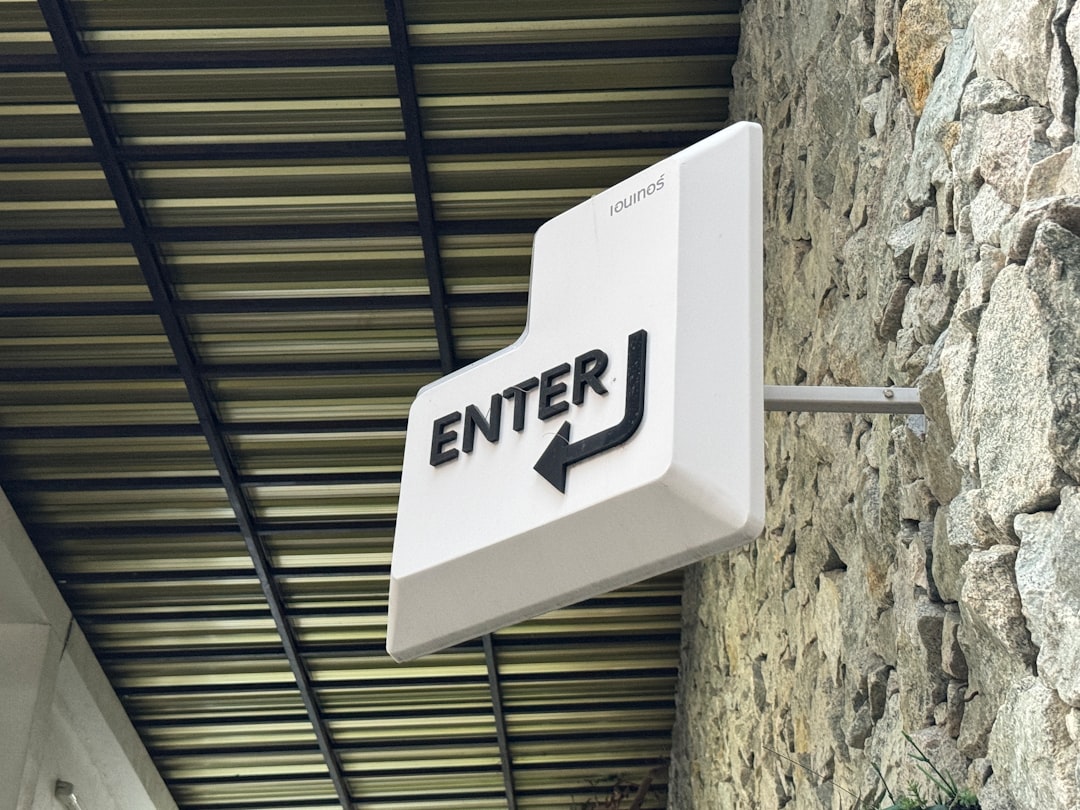Odoo is one of the most powerful and flexible ERP solutions available, offering businesses a fully integrated platform to manage operations. However, like any ERP implementation, rolling out Odoo comes with challenges. Without the right strategy, businesses can face delays, cost overruns, and system inefficiencies.
At Bastaki, we have seen businesses struggle with Odoo implementation due to common pitfalls. In this guide, we’ll highlight these pitfalls and provide actionable solutions to ensure a smooth and successful deployment.
1. Poor Planning and Lack of Clear Objectives
❌ The Problem:
Many businesses rush into Odoo implementation without defining clear goals. They install multiple modules without understanding how they fit into their workflow, leading to confusion and inefficiency.
✅ The Solution:
✔ Define Business Objectives – What do you want to achieve with Odoo? Improved inventory management? Better customer relationship tracking? Be specific.
✔ Map Out Processes – Document your existing workflows and identify areas for improvement.
✔ Prioritize Features – Start with core modules and expand as needed. Avoid overcomplicating the system at the start.
2. Choosing the Wrong Implementation Partner
❌ The Problem:
Some businesses opt for inexperienced consultants or attempt to implement Odoo without expert guidance. This leads to costly mistakes, poor configurations, and incomplete integrations.
✅ The Solution:
✔ Work with an Experienced Odoo Partner – Choose a provider with a proven track record. At Bastaki, we specialize in Odoo implementation, ensuring best practices are followed.
✔ Ask for References – Check client testimonials and case studies before selecting a consultant.
✔ Ensure Ongoing Support – Post-implementation support is crucial for troubleshooting and scaling.
3. Poor Data Migration and Integration Issues
❌ The Problem:
Migrating data from an old system to Odoo is a complex task. Poorly handled migrations can result in data loss, duplicate records, or incorrect mappings.
✅ The Solution:
✔ Clean Your Data Before Migration – Remove duplicates, outdated records, and inconsistencies.
✔ Perform Test Migrations – Run pilot migrations on a small dataset before fully transitioning.
✔ Ensure Proper Mapping – Work with a technical expert to correctly map fields between systems.
4. Insufficient User Training and Resistance to Change
❌ The Problem:
Employees often struggle to adapt to a new ERP system, leading to low adoption rates and operational bottlenecks. Without proper training, even the best-configured system will fail.
✅ The Solution:
✔ Provide Hands-On Training – Conduct live training sessions and create documentation.
✔ Involve Key Users Early – Engaging team members in the setup process increases adoption.
✔ Appoint Internal Odoo Champions – Identify tech-savvy employees to assist colleagues.
5. Ignoring Post-Implementation Support and Maintenance
❌ The Problem:
Many businesses think that once Odoo is implemented, the job is done. However, without regular maintenance and updates, the system can become outdated and inefficient.
✅ The Solution:
✔ Schedule Regular System Audits – Identify performance issues and update configurations.
✔ Stay Updated with New Versions – Odoo releases frequent updates with security patches and new features.
✔ Have a Dedicated Support Plan – Partner with an expert like Bastaki for ongoing maintenance and troubleshooting.
Conclusion
Odoo is a powerful tool, but improper implementation can lead to wasted time and resources. By avoiding these common pitfalls, businesses can ensure a smooth transition, maximize efficiency, and achieve long-term success.
At Bastaki, we help businesses navigate Odoo implementation from planning to post-launch support. Whether you’re starting fresh or optimizing an existing Odoo setup, we provide expert guidance every step of the way.
Ready to implement Odoo the right way? 🚀 Get in touch with Bastaki today for a consultation.










0 Comments